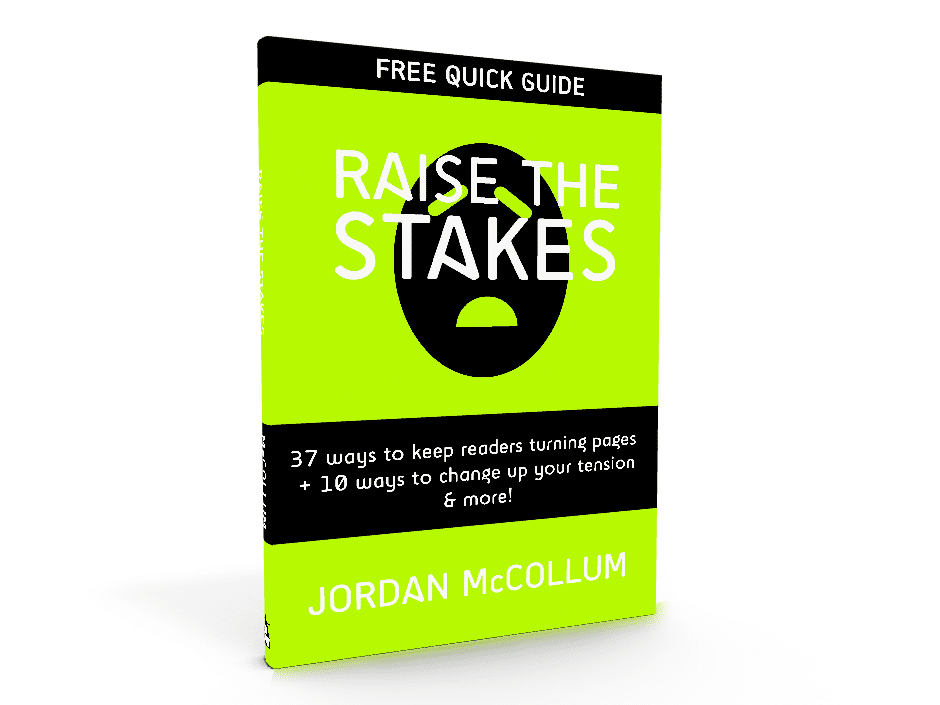Dialogue can be one of the most effective ways to slip backstory into your work—but as always, there are some major, common pitfalls to avoid in conveying backstory information in dialogue. For example, as you know, gentle reader, we want to avoid “As you know, Bob” dialogue. If both the characters already know something, why would they inform one another of those facts?
 Inserting a character who doesn’t already know the situation can work—but it can also backfire if it’s obvious that character is there mainly as a plot device so the author can info dump. It also leads into what may be the biggest problem with using dialogue to convey backstory—it’s still boring. Even if it’s a secret baby or rich uncle or life as a courtesan, sometimes it’s just not interesting.
Inserting a character who doesn’t already know the situation can work—but it can also backfire if it’s obvious that character is there mainly as a plot device so the author can info dump. It also leads into what may be the biggest problem with using dialogue to convey backstory—it’s still boring. Even if it’s a secret baby or rich uncle or life as a courtesan, sometimes it’s just not interesting.
Why is it boring? There’s no conflict. Sometimes it’s easy to find the conflict: the heroine calls the hero by her abusive ex’s name in the middle of an argument; if the hero finds out about his brother’s secret baby, he’ll flip, etc. But it’s not always that easy.
In Don’t Murder Your Mystery, author Chris Roerden offers a bunch of techniques for binging out, adding or just simulating conflict in dialogue, including bypass dialogue, borrowed conflict, simulated disagreement and flat-out editing (179-184). (I posted about these techniques during the tension & suspense series, too.)
Of course, the answer may also be simpler: if there’s no conflict to this backstory here, is this the right place to put it? Are these the right characters to be discussing it? If you change/add/subtract characters, does it change the dynamic?
And, as always, good dialogue technique is important. One character delivering a monologue about his or her life history isn’t any different than a regular info dump in narration. Interruptions, reticence and context (and subtext!) can add to not only the conflict, but the meaning of the words your characters are saying—and may require less jabbering to for the same impact.
What do you think? How do you reveal backstory through dialogue?
Photo by Beppie



I like having my characters soliloquize about their past in little inserts. Not sure it works but I like to do it. Why not have a character tell their own story?
I think it all depends on how long the insert is, how interesting it is, whether it’s pertinent to the story and whether it presents conflict.
Of course, Heart of Darkness is almost entirely a soliloquy on the narrator’s experience (hard to say it’s backstory when there’s no “forestory,” though).